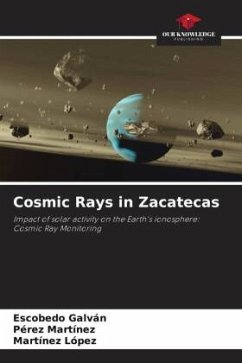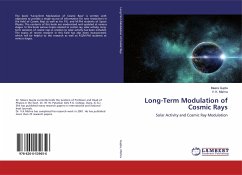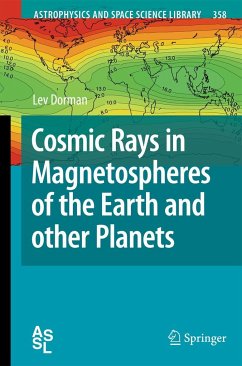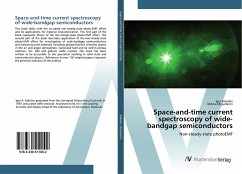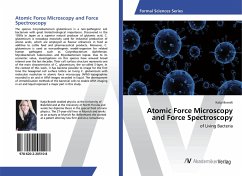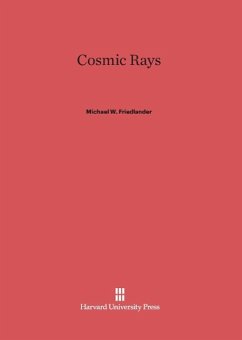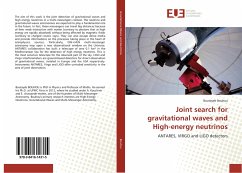
Simulations towards Cosmic Rays composition measurements
with IceCube (Neutrino Observatory) and IceAct (Cherenkov Telescope)
Versandkostenfrei!
Versandfertig in 6-10 Tagen
27,99 €
inkl. MwSt.

PAYBACK Punkte
14 °P sammeln!
Since the discovery of cosmic-rays coming from the outer space different detection methods, direct and indirect, have been used to understand their origin. In the cosmic-ray energy spectrum, the regions around the transition of a spectral index (Knee, second Knee and Ankle) are very important in terms of the composition change. The region around the knee has been very interesting to understand whether it is a transition of the cosmic-rays from a galactic to an extra-galactic origin. In this book, the aim of the simulation is to find out the separation of proton and iron in the cosmic ray energ...
Since the discovery of cosmic-rays coming from the outer space different detection methods, direct and indirect, have been used to understand their origin. In the cosmic-ray energy spectrum, the regions around the transition of a spectral index (Knee, second Knee and Ankle) are very important in terms of the composition change. The region around the knee has been very interesting to understand whether it is a transition of the cosmic-rays from a galactic to an extra-galactic origin. In this book, the aim of the simulation is to find out the separation of proton and iron in the cosmic ray energy spectrum around the knee with a small imaging Cherenkov telescope like IceAct. This first test with 100 protons and iron CORSIKA showers on the energy range from 2-10 PeV is promising and shows a pretty powerful separation. The overall separation tested by defining the average photon height seems nearly energy independent and the separation power could be evaluated for showers with different distances to the telescope and different inclination angles. The hybrid experiment of IceTop with IceAct can be a very powerful tool for the composition measurements of cosmic-ray primary particles.



